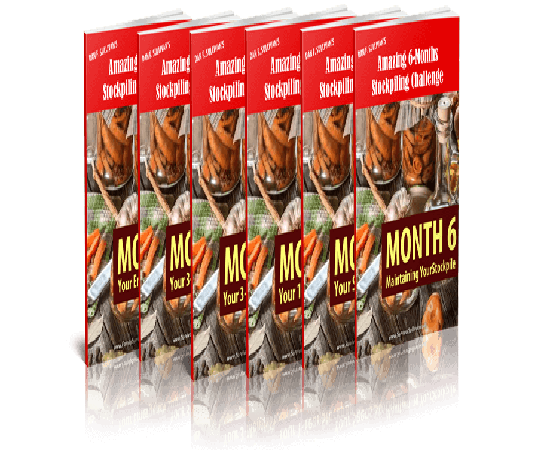Food Stockpiling: A Guide to Building Your Emergency Pantry
Stockpiling food is an essential aspect of emergency preparedness, ensuring you have an adequate supply of food during times of crisis. In this article, we will explore the benefits of food stockpiling, provide a detailed explanation of how to start your own stockpile, and address some common questions regarding this practice.
The Benefits of Food Stockpiling
Building a stockpile of food can offer numerous benefits, especially in times of emergencies or disaster situations. By having a well-stocked pantry, you can ensure that you and your family have access to essential nutrients and sustenance when grocery stores may be inaccessible or supplies may be limited. Food stockpiling also provides a sense of security and peace of mind, knowing that you are prepared for unexpected events.
Moreover, having a food stockpile can help you save money in the long run by taking advantage of discounts, buying in bulk, and avoiding price hikes during times of inflation or scarcity.
How to Start Your Food Stockpile
Begin by taking an inventory of your current pantry and identifying items that you frequently use. Start gradually by adding extra quantities of these items to your shopping list each week. Focus on non-perishable items such as canned goods, dry goods like rice and pasta, grains, beans, and other long-lasting staples.
Consider investing in proper storage containers to keep your food items fresh and prolong their shelf life. Rotate your stock regularly to ensure that items are used before they expire, and keep track of expiration dates to avoid food waste.
Frequently Asked Questions about Food Stockpiling
1. How much food should I stockpile?
The amount of food to stockpile can vary depending on your family size, dietary preferences, and storage space. Aim to have a minimum of a two-week supply of non-perishable foods at all times.
2. What are the best foods to include in a stockpile?
Focus on nutritious, shelf-stable items such as canned vegetables, fruits, proteins like tuna and beans, whole grains, nuts, and seeds. Don’t forget to include essential cooking ingredients like spices, oils, and condiments.
3. How long can food last in a stockpile?
Most non-perishable foods have a shelf life of at least one year or more if stored properly in a cool, dry place. Be sure to check expiration dates and rotate your stock regularly to maintain freshness.
4. Are there any foods I should avoid stockpiling?
Avoid stocking up on foods with short shelf lives, perishable items that require refrigeration, and foods that your family doesn’t enjoy. It’s also recommended to stay away from items with excessive sugar or sodium content.
5. How often should I update my food stockpile?
Regularly assess your stockpile every few months to replace expired items, adjust quantities based on consumption, and add new items as needed. Update your emergency food supply whenever there are changes in your family’s needs or circumstances.
Conclusion
Food stockpiling is a valuable practice that can provide security, savings, and peace of mind in uncertain times. By starting your stockpile today and following these tips, you can build a well-rounded pantry that will support you and your loved ones during emergencies or unexpected situations. Remember, preparation is key, and investing in your food stockpile is investing in your family’s well-being.


